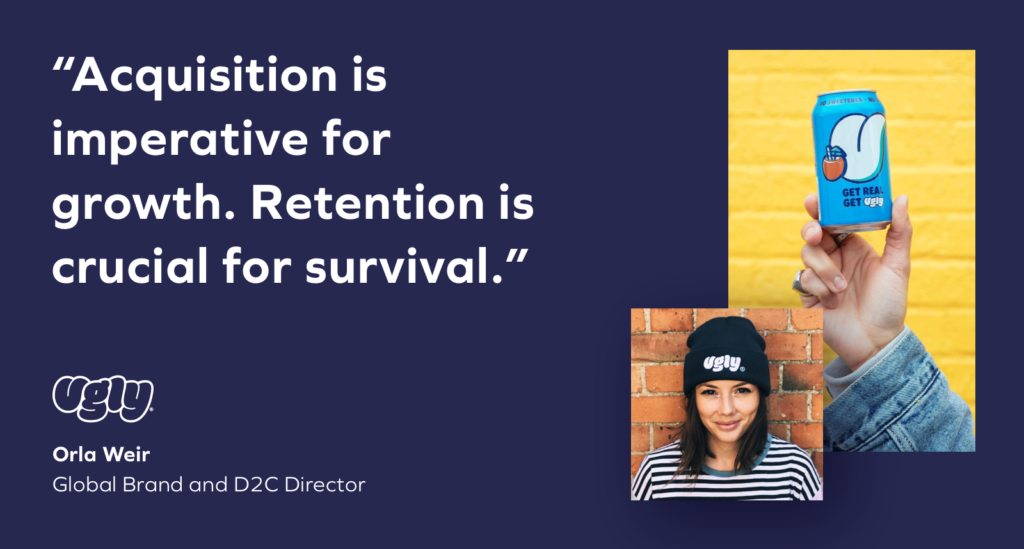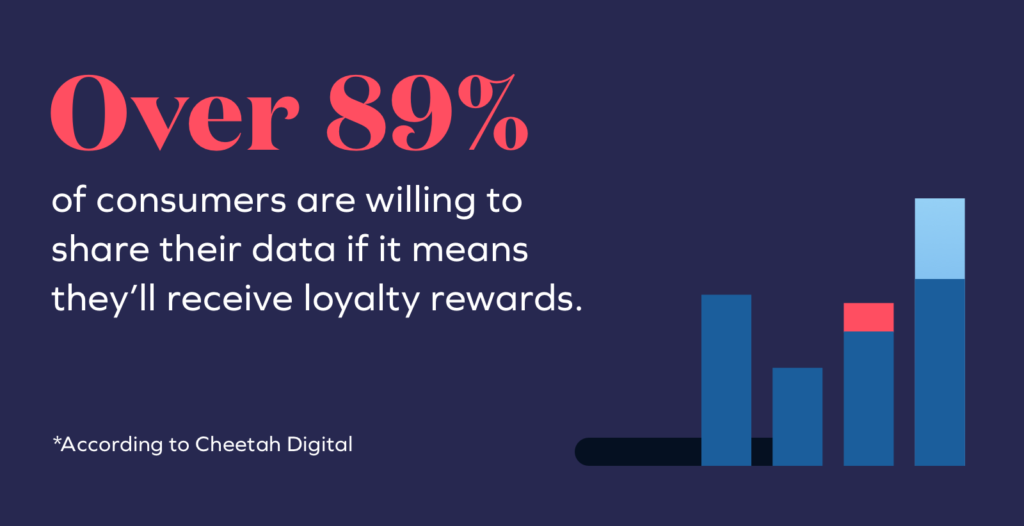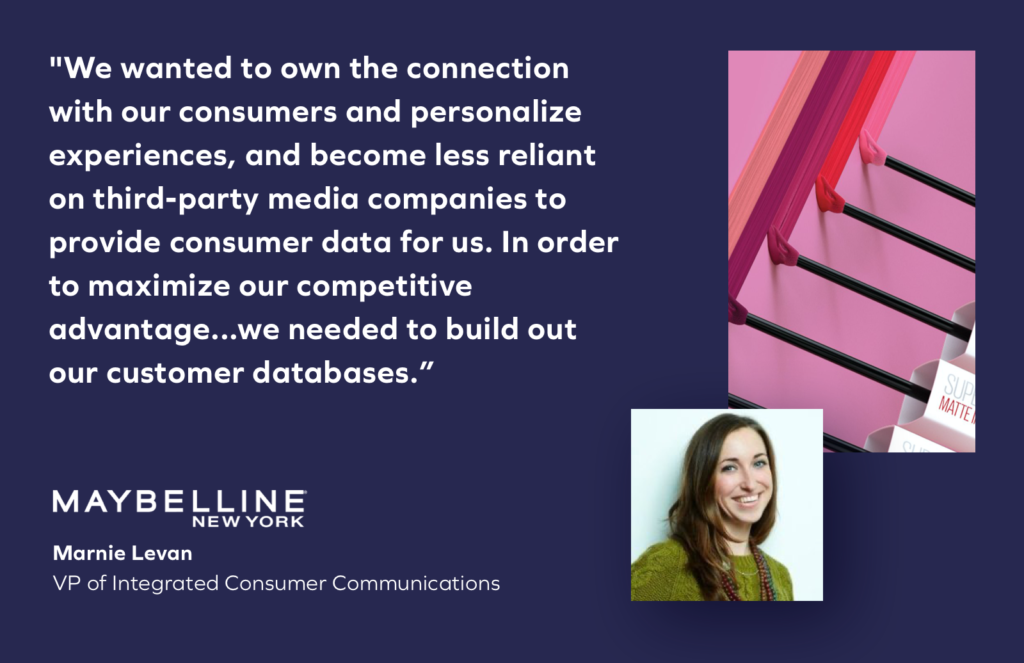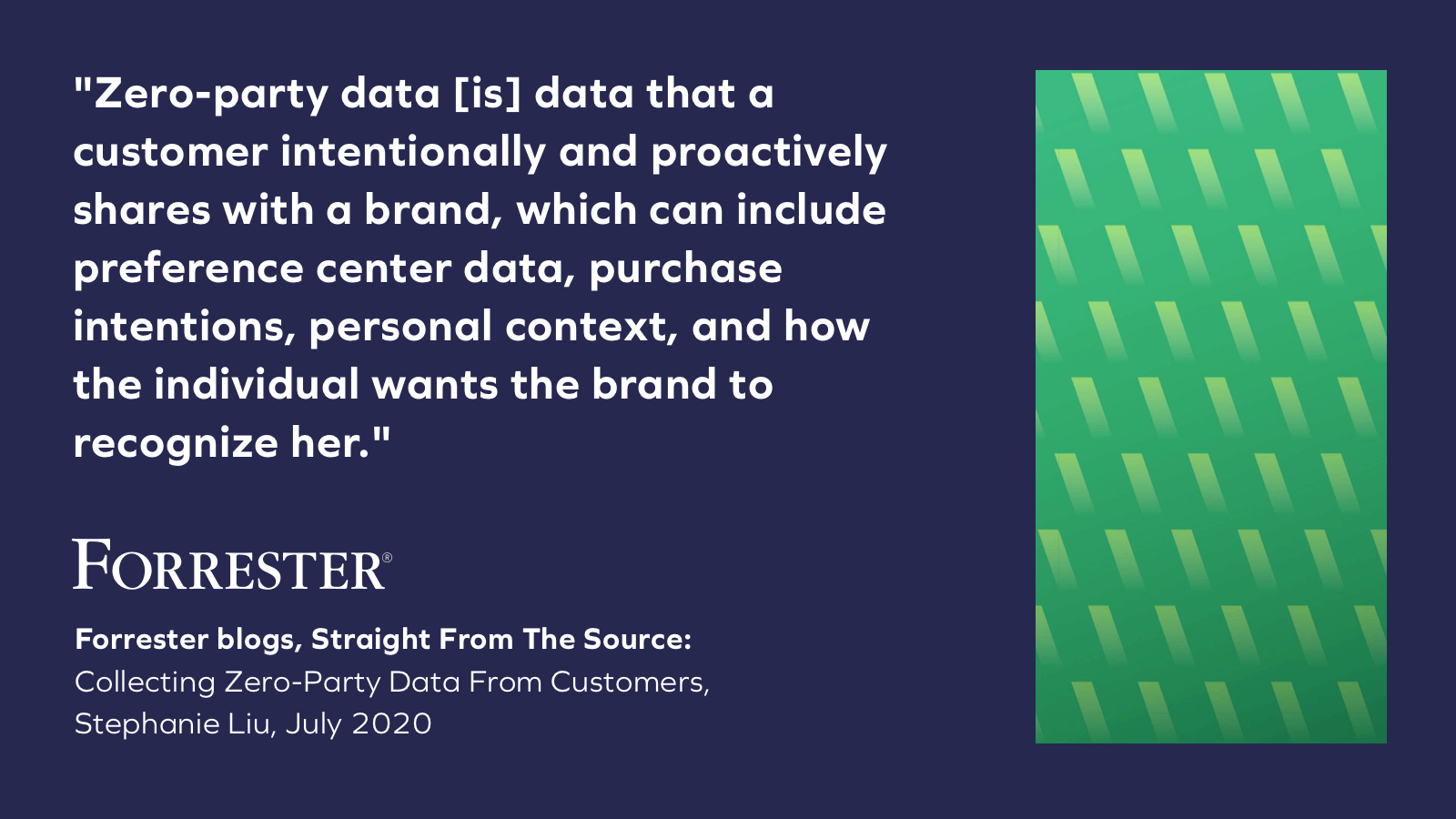It's Time to Invest in Loyalty
With upcoming shifts in privacy and acquisition costs on the rise, now is the ideal time to invest in a loyalty program to future-proof your business.
 Buyer's Guide to Enterprise Loyalty
Buyer's Guide to Enterprise Loyalty
With upcoming shifts in privacy and acquisition costs on the rise, now is the ideal time to invest in a loyalty program to future-proof your business.
Your information will be treated in accordance with our Privacy Policy
Send this guide to your inbox.
Your information will be treated in accordance with our Privacy Policy
A loyalty program future-proofs a brand. It’s not enough to rely on premium products or competitive pricing to guarantee customer lifetime value. Loyalty builds a reliable customer base that drives brand growth and longevity.
Marketing Metrics reports that the probability of selling to an existing customer is 14x higher than the probability of selling to a new customer. Accenture reports that customers who belong to loyalty programs generate between 12-18% more incremental revenue growth per year than those who do not participate. Retention isn’t trivial. It defines your revenue strategy.

Across the globe, there’s been a “shock” to loyalty. Since the beginning of the pandemic, according to research by McKinsey, more than 65% of consumers are trying different shopping behaviors and intend to incorporate those behaviors going forward. Consumers are switching more frequently between brands, and value remains the primary reason for consumers to try new brands as well as new places to shop. A robust loyalty program provides that value-driven experience.
Google has announced that third-party cookies will be phased out by 2023. Cookies enabled brands to leverage cached customer data in order to serve shoppers with more relevant experiences. The loss of cookies presents a challenge to brands looking to personalize when shoppers land onsite.
In addition, Apple’s new AppTrackingTransparency framework (ATT) will introduce a new permissions prompt asking users to “opt-in” to data sharing and activity tracking. With this change, it will be easier for consumers to “opt out” of the data sharing that’s necessary for ad targeting, making it harder to send effective ads.
A loyalty program is the ideal relationship-building tool to overcome these monumental changes because it provides a clear value exchange for customers.

If a shopper knows they’ll receive something in return, like points or exclusive experiences, they’re more likely to voluntarily offer their data by filling out a quiz or answering a survey question. With these actions incentivized by a loyalty program, businesses can collect first-party data, or the data that a business collects based on customer engagement, and zero-party data, the data that shoppers intentionally provide and share.”
Loyalty programs also give shoppers a reason to self-identify. A loyalty program incentivizes members to log in while shopping onsite, providing your brand with the identification data necessary to create a more personalized on-site experience.

Customer acquisition costs (CAC) are increasing. Rising over 60% in the past six years and showing no signs of slowing, these high costs also have high rates of churn.
With consumers shifting to primarily online shopping, they have more options at their fingertips, resulting in an increased willingness to switch between brands based on convenience or price. While businesses were once able to allocate acquisition resources relative to cost, market uncertainty over the last year overhauled their ability to budget.
A shift to focus on retention combats these rising, unpredictable costs. The buyer journey will remain complex, and enterprise businesses have to focus on maintaining engagement from the top of the funnel to the bottom. To drive lasting revenue, retention must become as important as acquisition.
Shoppers want to be loyal to brands, but they also need to see value in the relationship in exchange for their loyalty. According to a Yotpo consumer survey from 2020, over 46% of consumers want loyalty programs to offer rewards in the form of gifts, and over 46% also want early access to sales. Expectations are high, and merchants need to develop a deep understanding of their shoppers to create loyalty experiences that add value beyond points.


